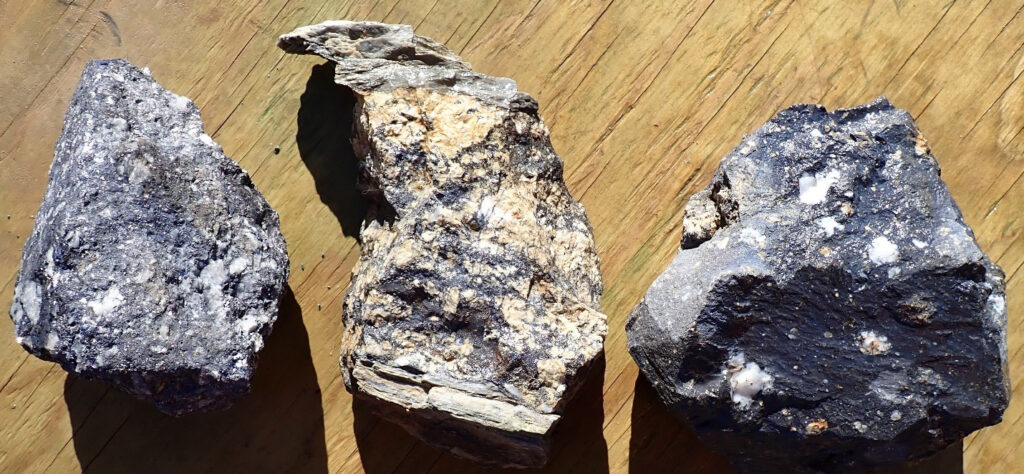The Coeur d’Alene mining district is famous for its very large, high grade polymetallic vein systems. Veins can be 0.5 kilometers in strike length and 2.5 kilometers in dip length. The district has produced 1.2 billion ounces of silver, marking it one of the most endowed silver districts in the world.
The Coeur d’Alene Mining District is broken into several sub-districts, each hosting somewhat unique mineralization. The Silver Belt is the most famous of these sub-districts, and is responsible for the vast majority of silver produced. The Silver Belt is situated on the south side of the Osburn Fault and is home to famous mines such as the Galena, Coeur and Sunshine mines, among others.
The district is situated in highly deformed Proterozoic sedimentary rocks of the Belt Supergroup. The most productive formations in the Coeur d’Alene district are from the Ravalli Group, a thick sedimentary package of quartzites, siltites, and argillites. Rheological contrasts between rock units in the Ravalli impact structural patterns, ore chute geometries, and vein widths. Mineralization is related to the deformation intensity, proximity to regional faults, and spatial relationship folding seen throughout the district. A well-established alteration pattern around the veins helps vector toward mineralization. Ore minerals in the district include Galena, tetrahedrite, sphalerite and chalcopyrite, and more.

Major discoveries in the district tend to be the result of deep exploration down plunge of near surface showings of mineralization. Narrow veins near surface can blossom into multimillion-ounce ore bodies at depth, where vein structures intersect favorable rock formations. For this reason, the Coeur d’Alene mining district remains a high impact region for exploration activities in the western United States.

